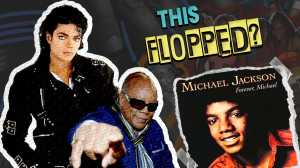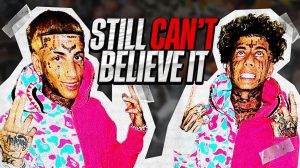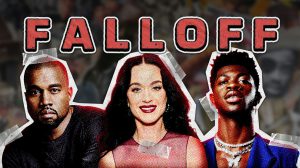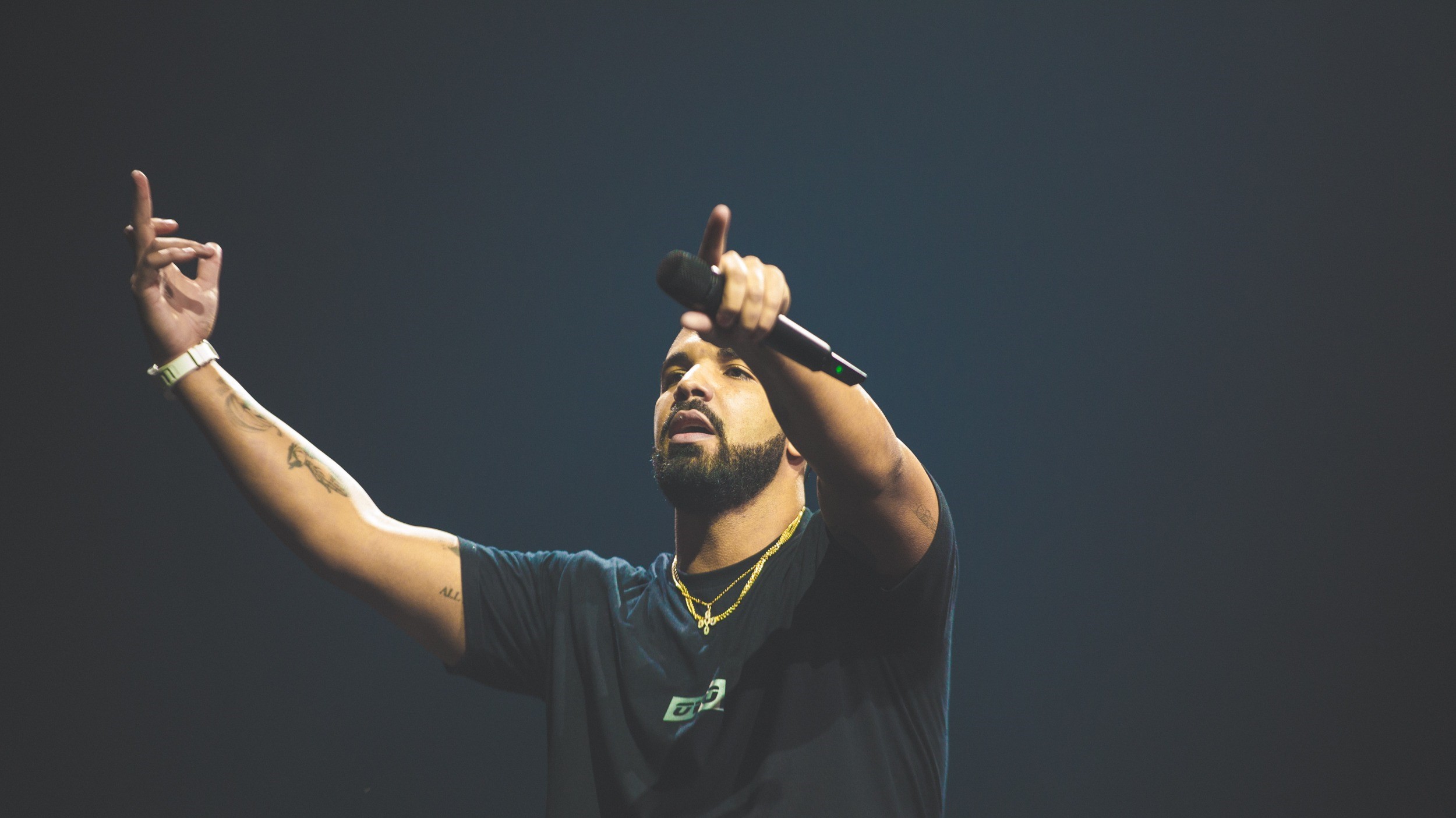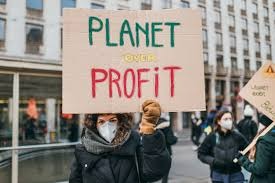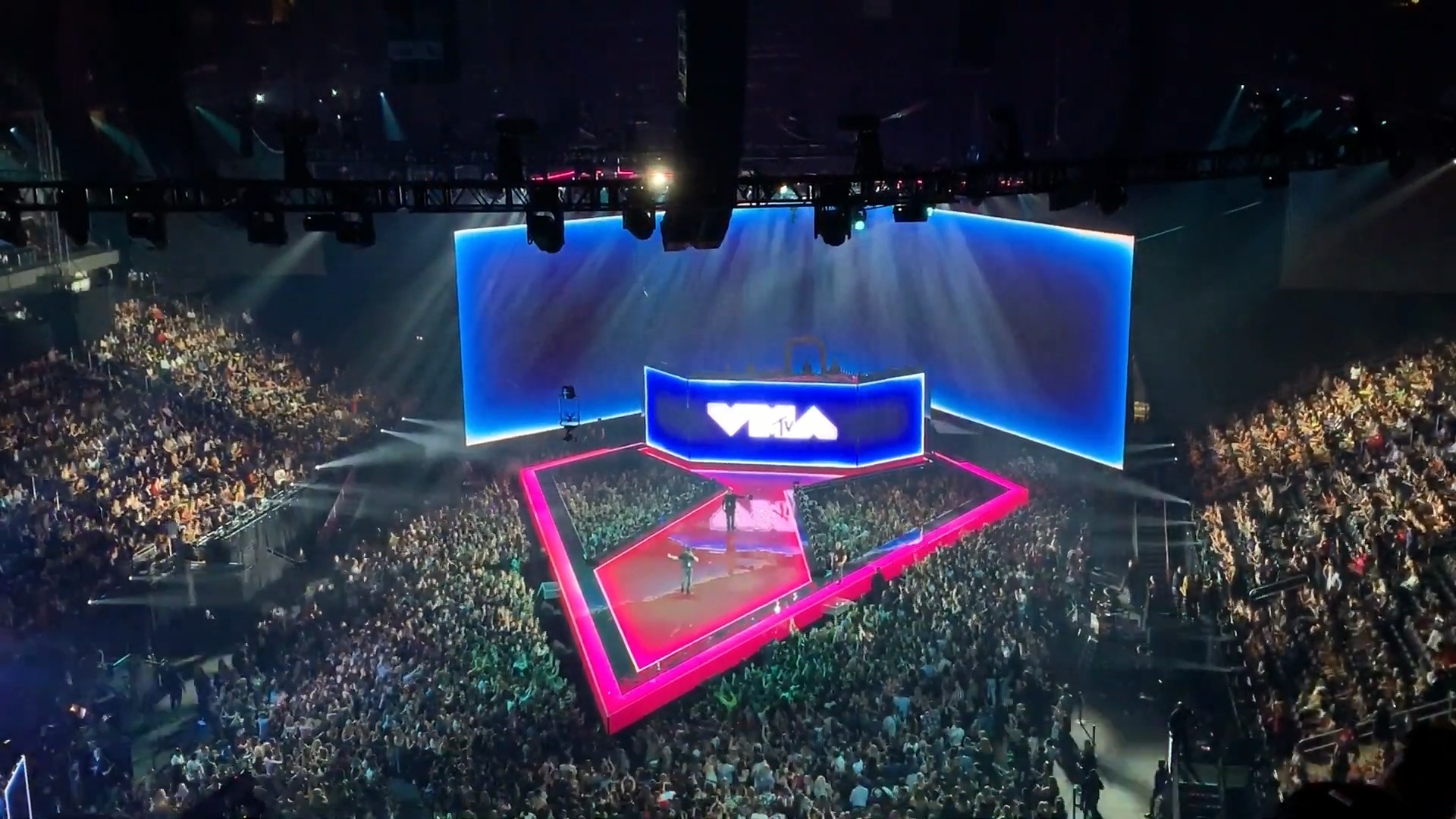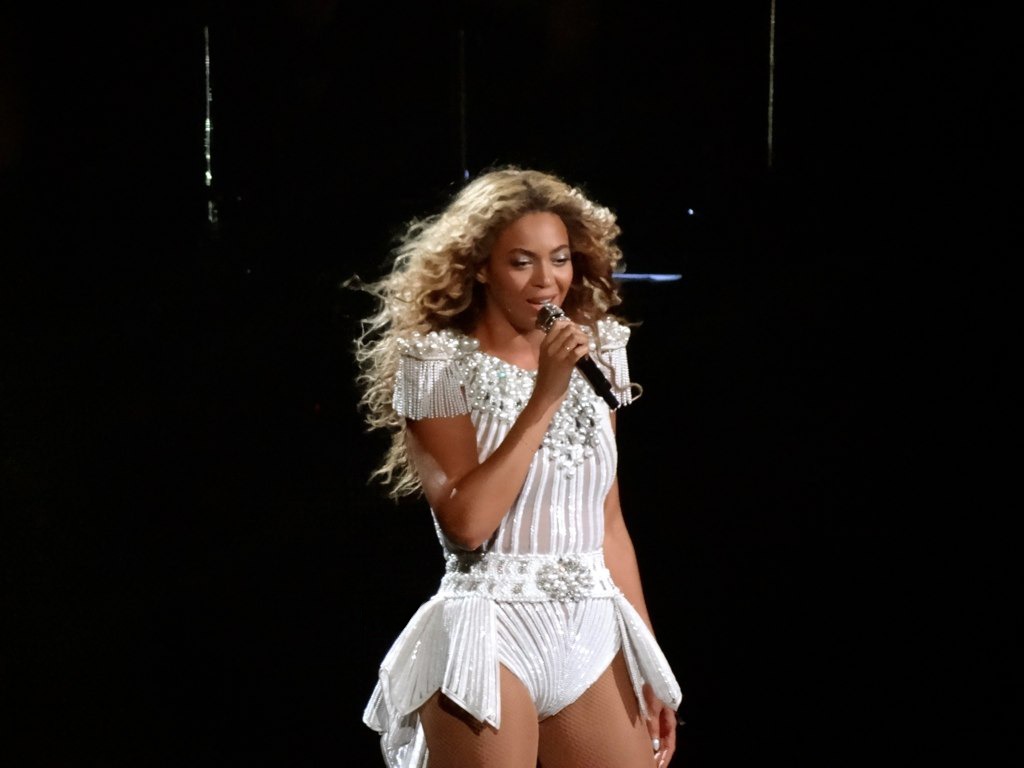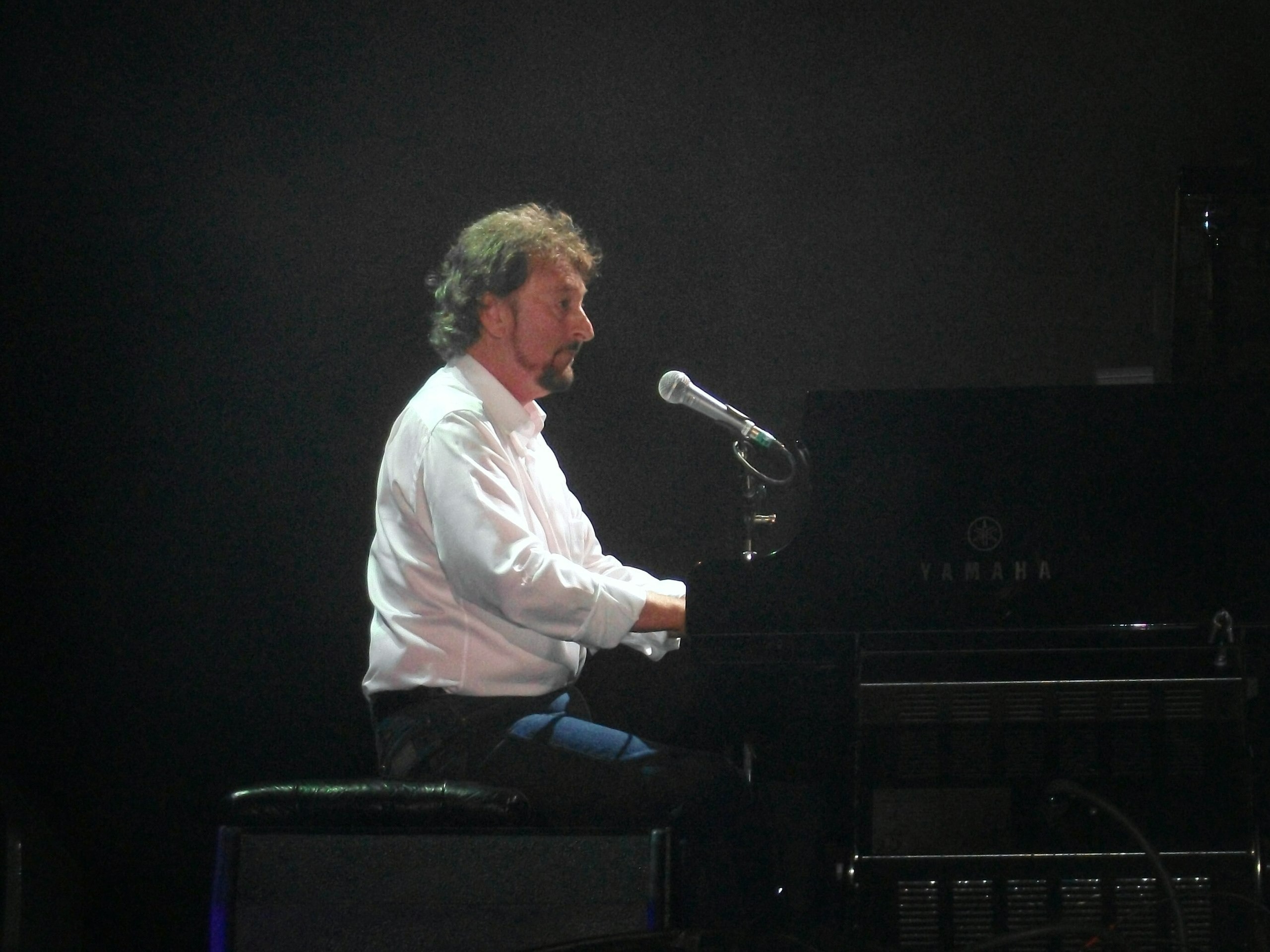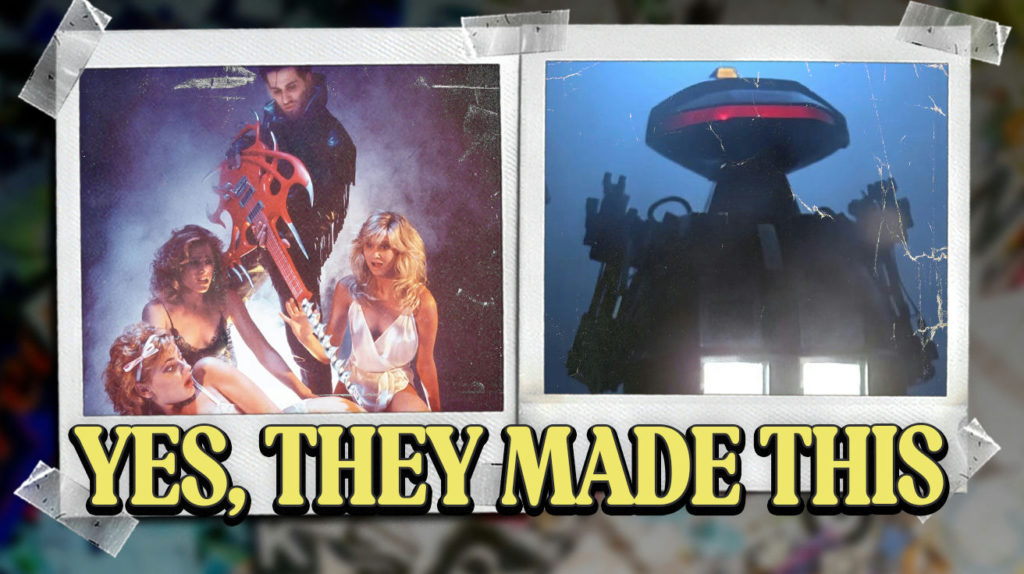
The 1980s spawned horror’s most audacious underground movement. Low budgets became creative catalysts rather than limitations. Directors pushed boundaries with practical effects and transgressive storytelling that mainstream studios wouldn’t touch. These films found life on VHS shelves and late-night cable broadcasts, building cult followings through word-of-mouth and midnight screenings. You’ll discover overlooked gems that influenced today’s genre filmmakers. Each entry challenged conventional tastes while delivering the gore and shock value that defined the decade’s horror identity.
15. Hollywood Chainsaw Hookers (1988)
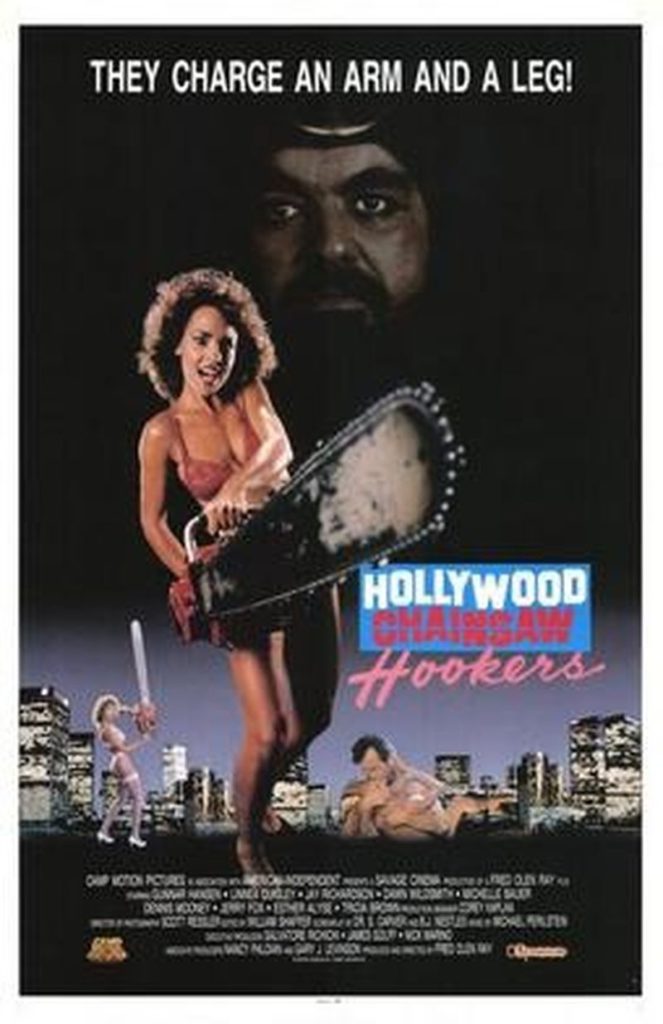
Fred Olen Ray shot this exploitation fever dream in five and a half days using real street workers as actors. The detective story follows a missing persons case that leads to a chainsaw-wielding cult of prostitutes. Ray’s guerrilla filmmaking approach created an authentic grittiness that polished productions couldn’t replicate.
The film’s genre-blending chaos influenced direct-to-video horror for decades. You’ll find traces of its dark comedy DNA in modern B-movie streaming content. Critics dismissed it as lurid exploitation, missing its satirical edge that skewered both noir detective stories and slasher conventions.
14. A Night to Dismember (1983)
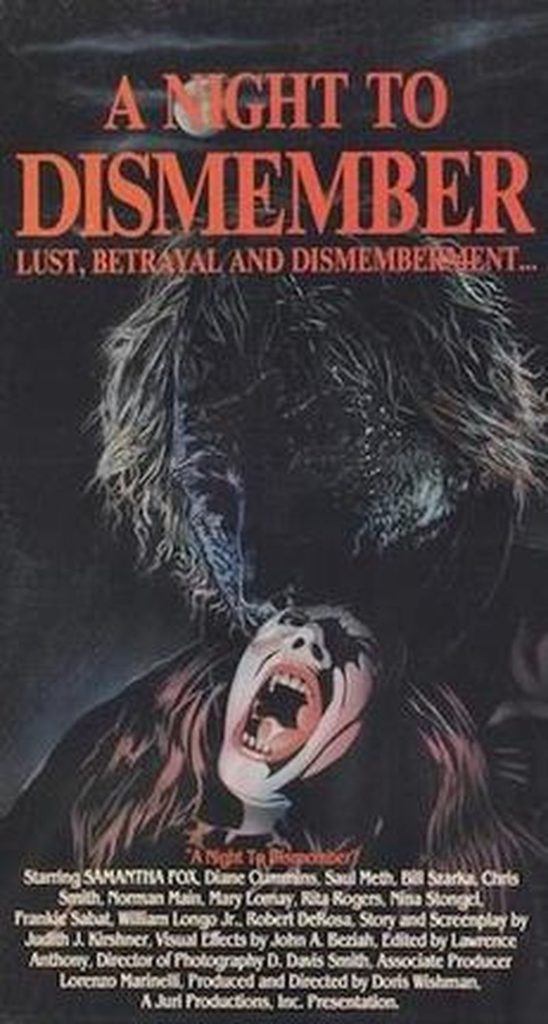
Doris Wishman‘s final film pushes graphic violence beyond typical slasher boundaries. The cursed Kent family narrative unfolds through unconventional editing that creates an unsettling viewing experience. Wishman’s avant-garde approach to horror storytelling predated many experimental techniques used today.
Roger Ebert would have labeled this “beyond the pale” for its explicit murder sequences. The film’s shocking content sparked debates about censorship and artistic freedom. Despite controversy, it holds historical significance as one of cinema’s most uncompromising horror statements.
13. Cafe Flesh (1982)
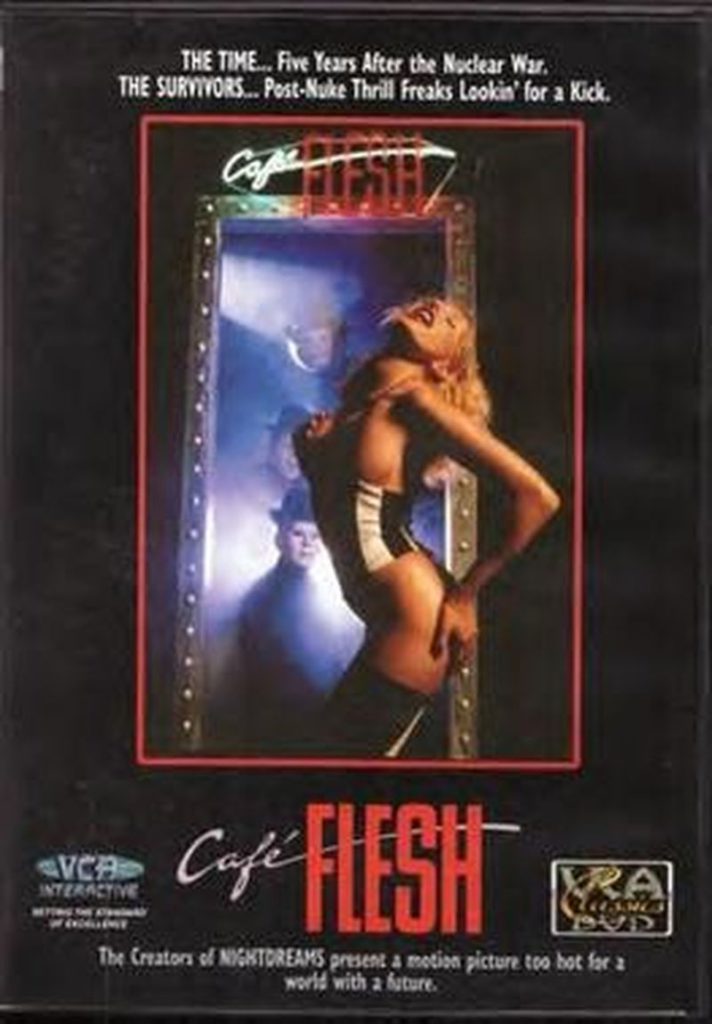
Steven Seadian crafted this post-apocalyptic adult film that transcends its genre limitations. The story presents a future where most humans are “sex-negative” outcasts watching “sex-positive” performers at the titular nightclub. Production design and avant-garde concepts elevate the material beyond typical exploitation fare.
Art house theaters occasionally screen this film alongside experimental cinema. Its fusion of erotica and science fiction influenced cyberpunk aesthetics. Academic film studies programs debate whether it’s transgressive art or elaborate pornography disguised as social commentary.
12. The Slumber Party Massacre (1982)
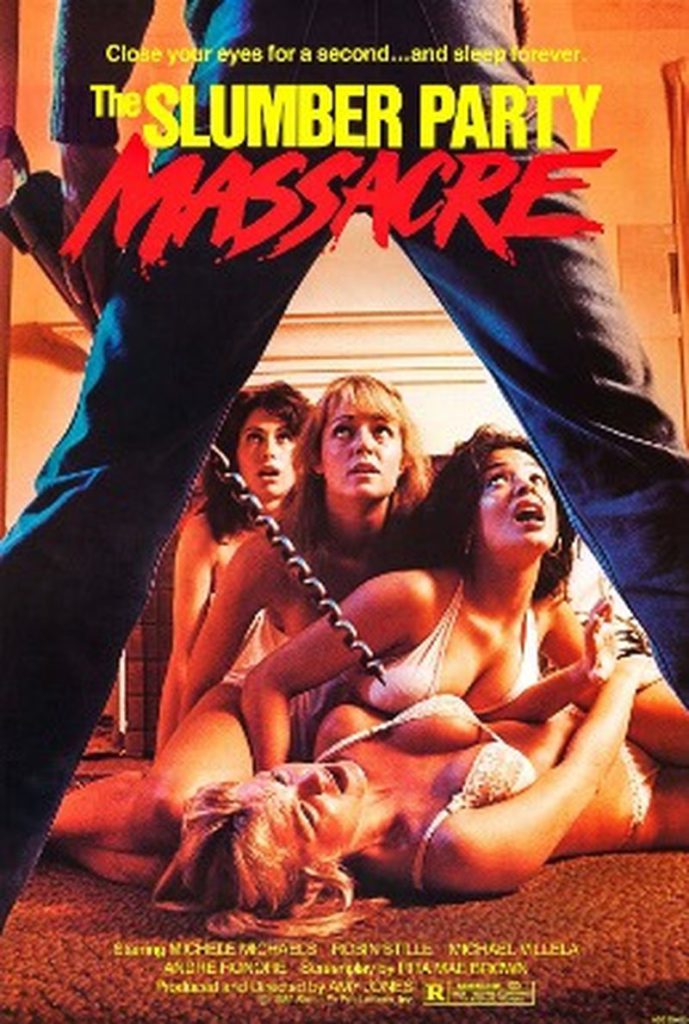
Rita Mae Brown‘s original screenplay received uncredited rewrites, but Amy Holden Jones directed this female-driven slasher. The film subverts genre expectations by examining violence through a woman’s perspective. Jones brought nuanced character development to formulaic material.
Gender studies courses analyze its feminist themes versus exploitation elements. The slumber party setting becomes a battleground where traditional horror roles get questioned. Some scholars argue it deconstructs slasher tropes while others claim it reinforces them through irony.
10. Nightlife (1989)
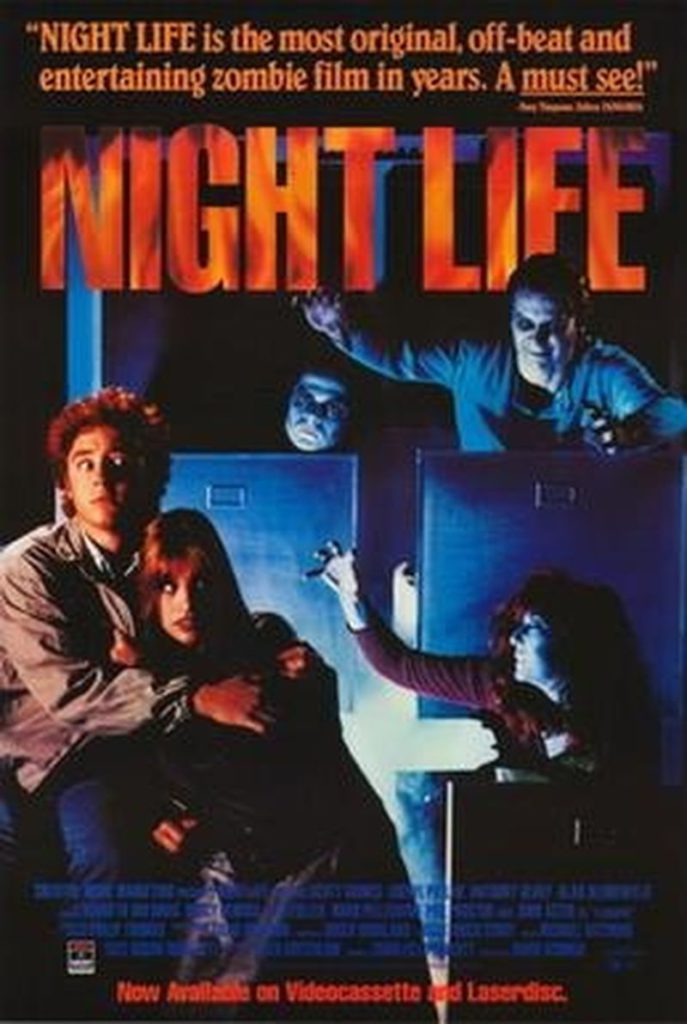
David Acomba‘s zombie comedy follows a high school nerd battling resurrected corpses with unexpected humor. The film subverts zombie movie expectations by prioritizing laughs over scares. Practical effects work showcases creative solutions to budget constraints.
Horror-comedy fans cite this as an underrated gem that balances silliness with genuine scares. The teenage protagonist’s journey from outcast to hero resonates with genre audiences. Its influence appears in modern zombie comedies that blend social commentary with gore.
9. The Caller (1987)
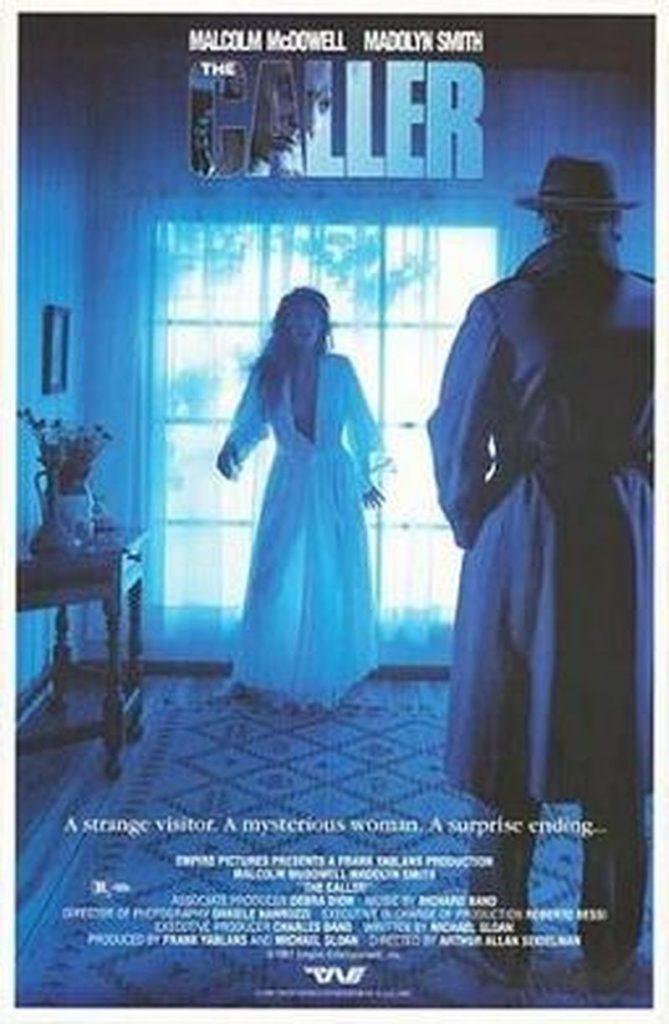
Arthur Allan Seidelman stripped horror down to its psychological essence using only two actors in a forest cabin. The minimalist approach creates claustrophobic tension without relying on gore or jump scares. This experimental structure predated many indie horror films.
Psychology courses reference its exploration of paranoia and isolation. The film proves that effective horror depends on character psychology rather than budget. Its chamber piece format influenced low-budget filmmakers seeking maximum impact from minimal resources.
8. Satan’s Blade (1984)
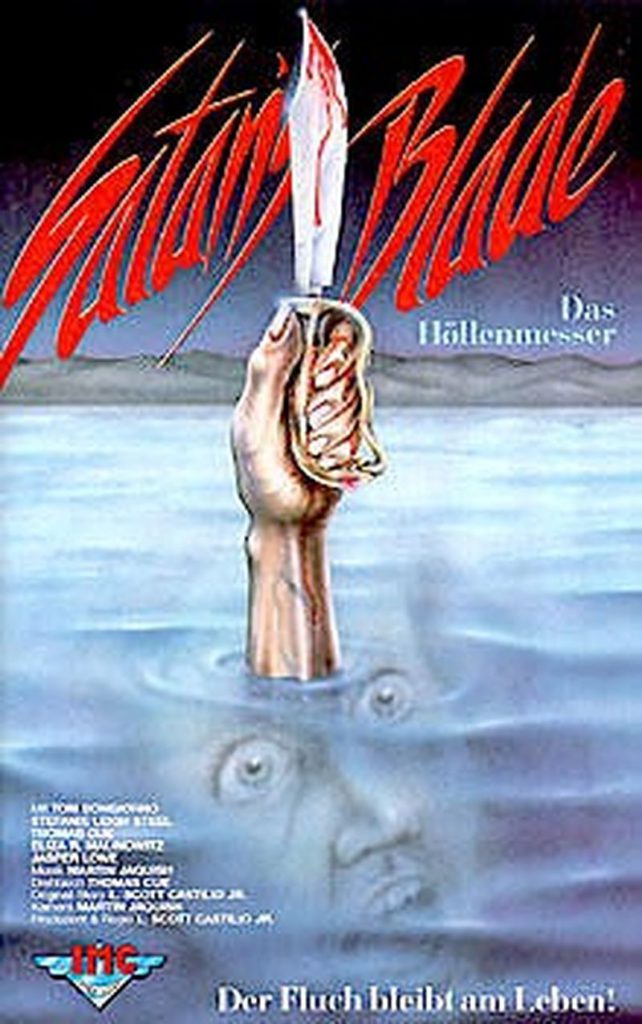
L. Scott Castillo Jr. combined bank robbery thriller elements with supernatural slasher conventions. The mountain curse storyline adds ancient evil mythology to modern crime narrative. Adult content mixed with horror creates an uncomfortable viewing experience.
The film’s genre-blending approach confused audiences expecting straightforward slasher formula. Critics found its complex plot structure undermined effective tension building. Collectors seek out rare VHS copies for its unique position in horror history.
7. Microwave Massacre (1983)
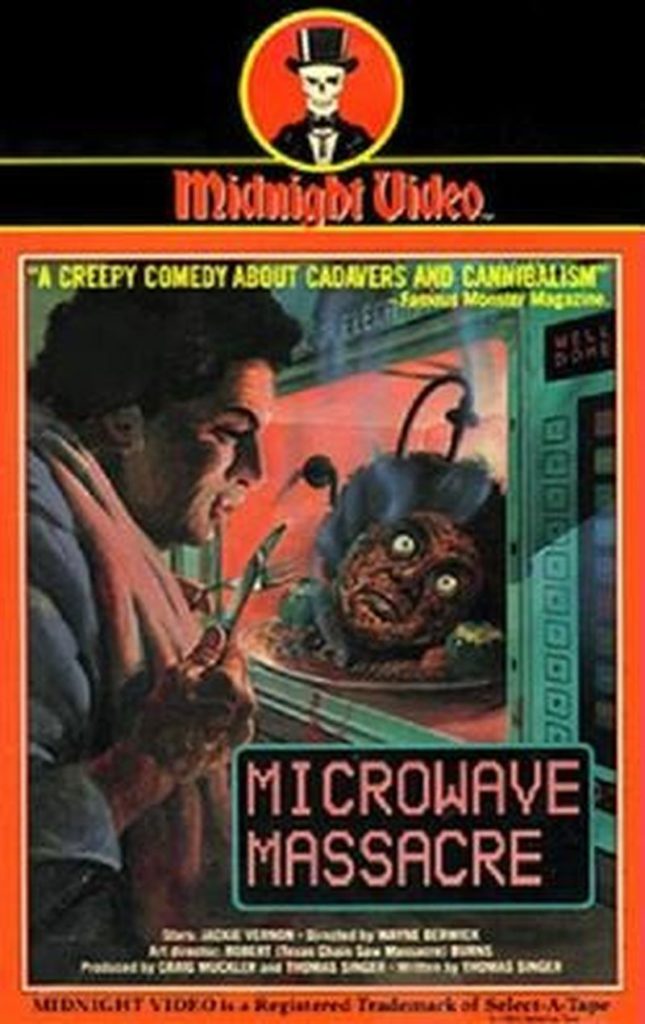
Wayne Berwick‘s suburban cannibal comedy pushes transgressive humor to uncomfortable extremes. The construction worker protagonist’s journey from henpecked husband to wife-eating monster satirizes domestic frustration. Dark comedy elements clash with genuine horror imagery.
Film students analyze its misogynistic themes within 1980s cultural context. The microwave cooking metaphor reflects changing domestic technology. Its offensive content makes modern theatrical screenings controversial among contemporary audiences.
6. The Stuff (1985)
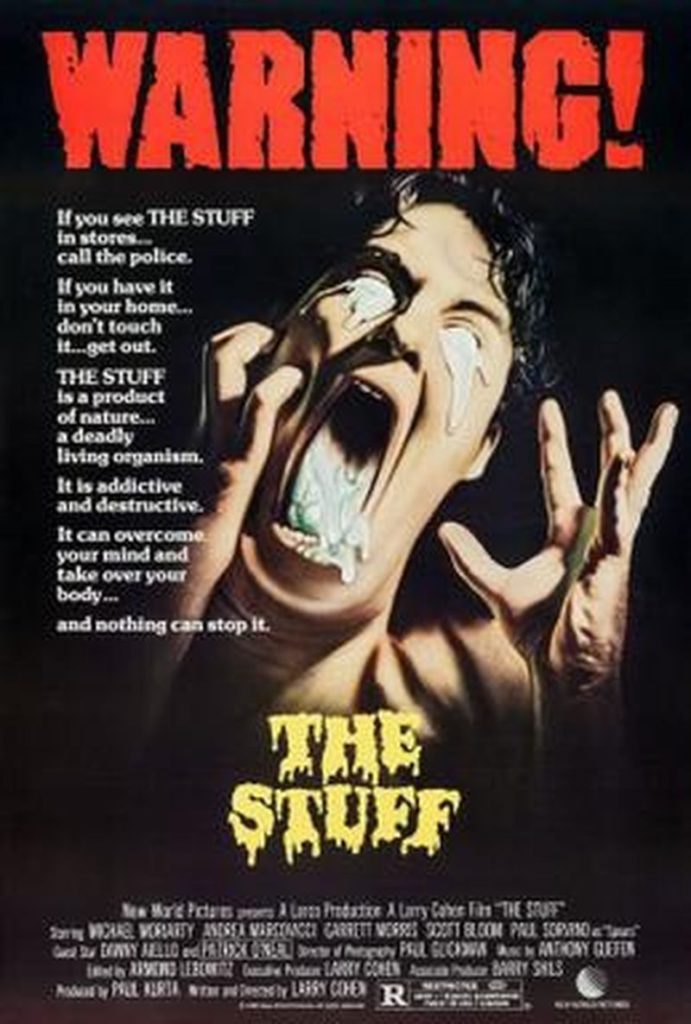
Larry Cohen‘s consumer culture satire disguises social commentary as monster movie entertainment. The addictive white substance turns consumers into literal zombies controlled by corporate interests. Cohen’s screenplay anticipates modern concerns about processed food addiction.
Media studies programs screen this alongside other Reagan-era critiques of capitalism. The film’s marketing parody remains relevant in social media advertising culture. Its blend of horror and political satire influenced directors like Jordan Peele and John Carpenter.
5. Sorority Babes in the Slimeball Bowl-O-Rama (1988)
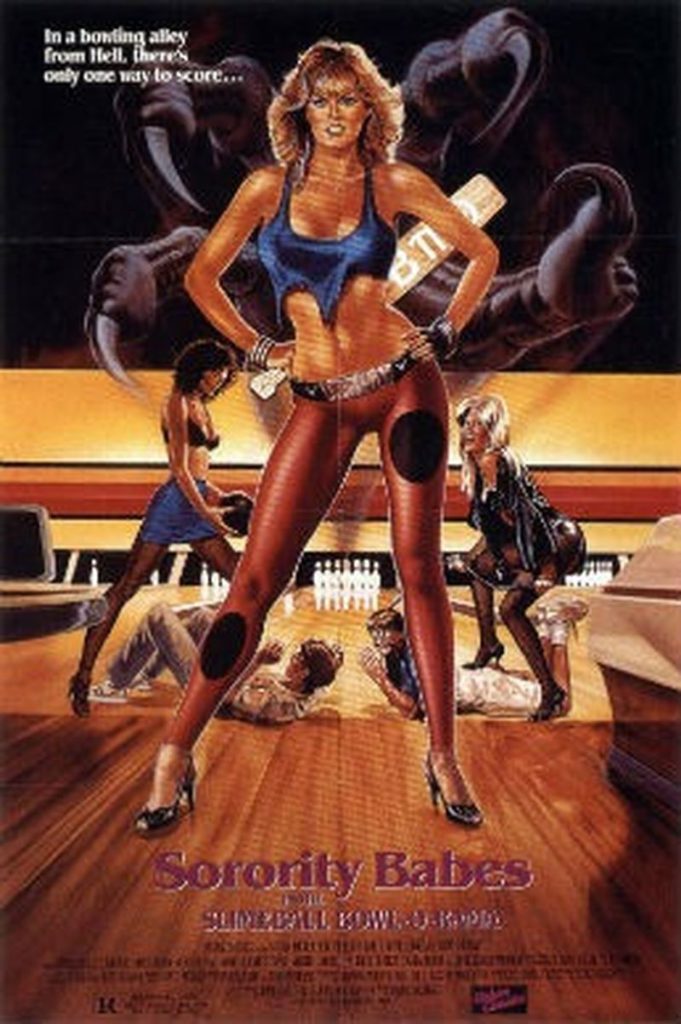
David DeCoteau transformed a bowling alley into a supernatural battleground where college students fight an evil imp. The ridiculous premise embraces B-movie conventions while delivering practical effects spectacle. Its self-aware humor acknowledges genre absurdity.
Midnight movie theaters regularly program this as crowd-pleasing entertainment. The film’s title alone became a cult phenomenon among horror fans. Its influence appears in modern horror comedies that celebrate rather than mock genre tropes.
4. The Lair of the White Worm (1988)
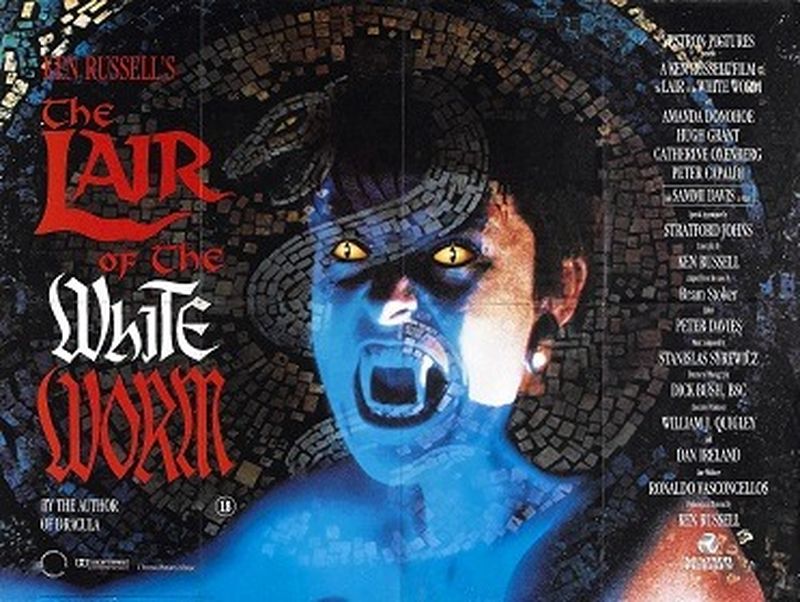
Ken Russell adapted Bram Stoker‘s novel into a psychedelic horror experience filled with surreal imagery. Lady Sylvia’s snake worship cult creates disturbing dream sequences that blur reality and nightmare. Russell’s visual style transforms Victorian horror into 1980s excess.
Film critics debate whether Russell’s approach honors or destroys Stoker’s original vision. The shocking imagery influenced music video aesthetics and experimental horror cinema. Art house theaters occasionally screen it as Russell retrospective programming.
3. White of the Eye (1987)
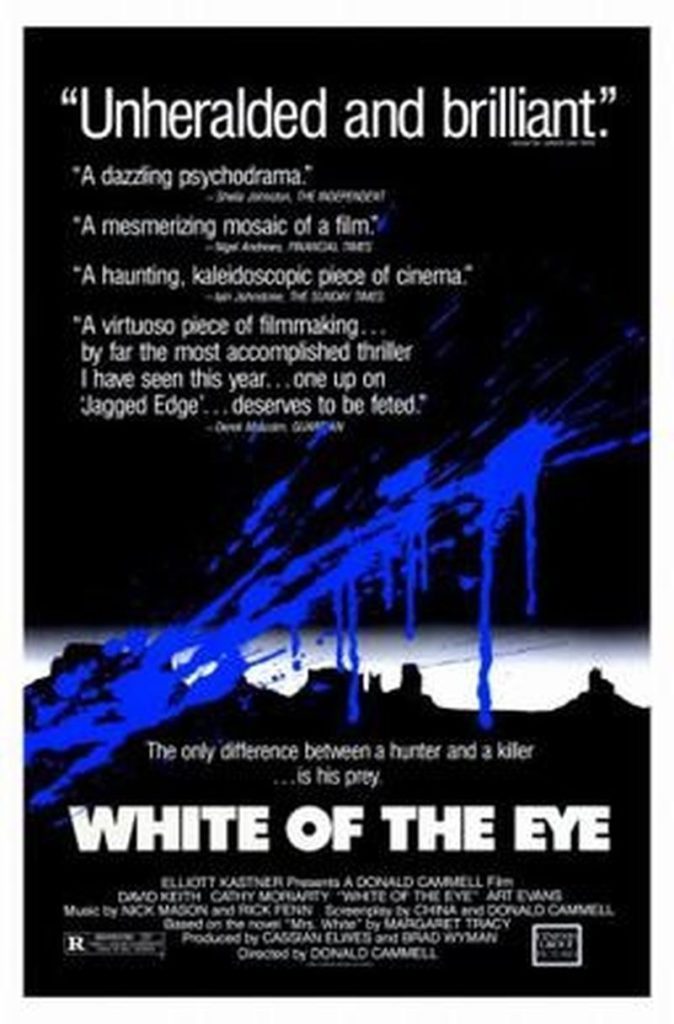
Donald Cammell crafted this psychological thriller about a sound system installer suspected of serial murder. The film explores paranoia and guilt through innovative visual techniques. Detective Charles Mendoza‘s investigation reveals disturbing truths about suburban violence.
Ninety percent of thriller enthusiasts find its psychological complexity compelling. The sound design creates an unsettling atmosphere that enhances the mystery. Film studies courses analyze its exploration of masculine violence and domestic terror.
2. Sleepaway Camp (1983)
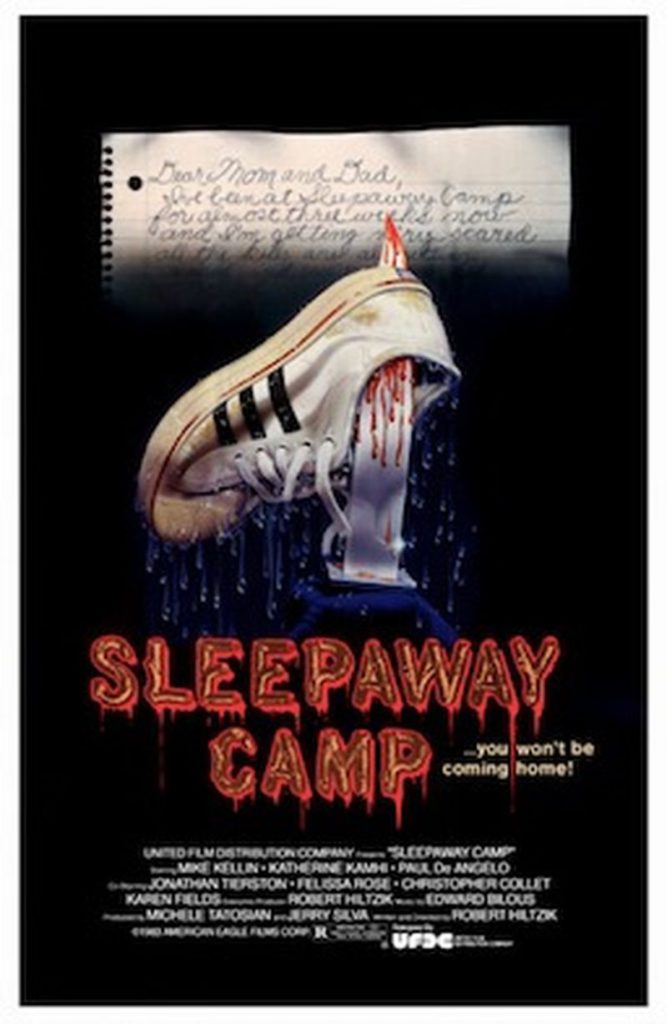
Robert Hiltzik‘s summer camp slasher delivers one of horror cinema’s most shocking endings. Angela’s bullying experience at Camp Arowak sets up a revenge narrative with devastating consequences. The film’s final revelation redefined gender identity in slasher movies.
The twist ending influenced countless horror films seeking similar shock value. LGBTQ+ film scholars debate its representation of gender dysphoria and trauma. Its impact extends beyond horror into discussions about identity and acceptance.
1. Chopping Mall (1986)
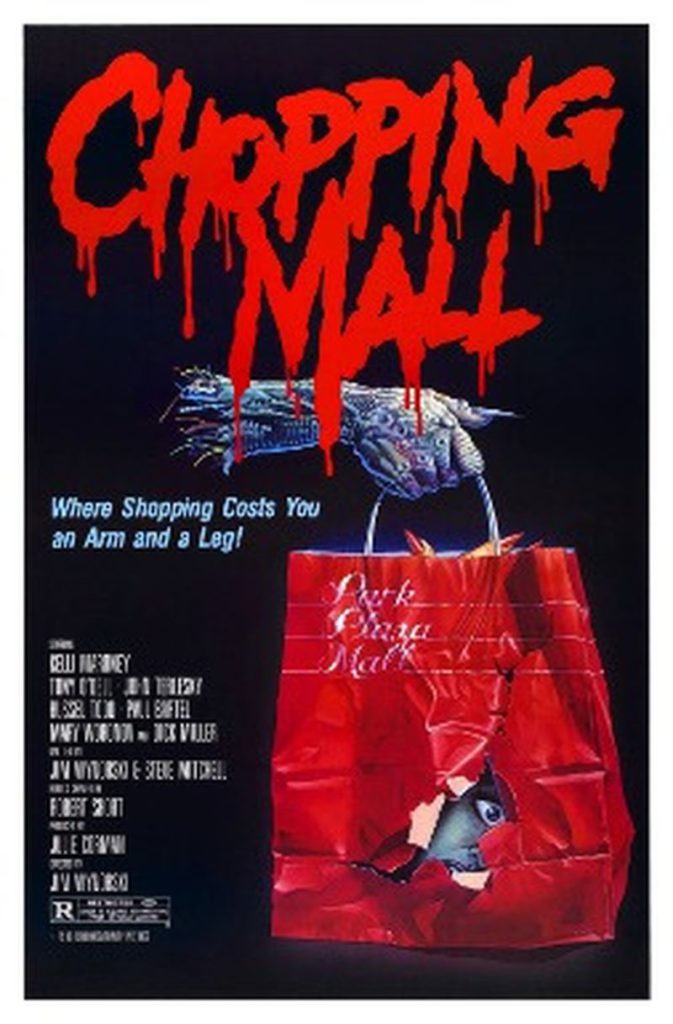
Jim Wynorski‘s killer robot thriller traps teenagers in a shopping mall with malfunctioning security systems. The film combines slasher conventions with science fiction elements. Practical effects create memorable robot designs that influenced later genre productions.
The mall setting captures 1980s consumer culture at its peak. Horror fans appreciate its straightforward approach to teen-versus-machine conflict. Its influence appears in modern films featuring artificial intelligence gone wrong.




